One of the most important designers of the modern interior world that you’ve never heard of is headlining the Design Museum this summer with a large exhibition showing off his handiwork.
The Italian-born designer Enzo Mari is someone whose work permeates the modern household, thanks to the influence he left on others who turned their backs on his minimalist manufacturing methods and mass-produced what people could afford.
So it’s quite possible that your home contains objects inspired by him, even if they don’t have his name — or the often hefty price tag — attached to them. Anything in your home, from culterly to lampshades to furniture, could be a Mari-inspired design.
He was a contradiction – a believer in the arts and crafts movement, which produced beautiful but expensive objects for the rich to buy, but also a communist who despised the rich. He was a man who spent a lot of time intellectualising his output when people really just wanted an affordable comfortable chair to sit in.
One of his most famous designs was children’s toys — and specifically the set of cut-out animals as a very basic jigsaw. There is a cleverness in how the animals are cut out of the wood in continuous slices, but realistically, is that cleverness worth the price for a children’s toy?
You can buy a modern copy for “just” £340 from the shop.
This is the conumdrum at the heart of Mari’s work – he wanted to lift up people and give them good decent consumables while enlightening their lives — but did so in a way that only wealthy people could afford to entertain.
Even his manifesto of offering blueprints for furniture for free was a way of encouraging home made crafts, while doing so in a semi-mass production method – more of a very early form of open sourcing the Intellectual Property rights, but only if you had the skills and free time to understand how to follow the instructions.
In a way, the exhibition looks not unlike a modern furniture showroom, with lots of fairly instantly recognisable designs shown in their carefully crafted expensive originals, while it was the mass production that Mari disliked that made them affordable for the masses to own.
A section looks at his utopian ideas for home assembly, including releasing blueprints for furniture that anyone could follow. The idea was not a success, as you still needed to cut and shape the wood and have time to do so, and frankly, they look quite uncomfortable. He doesn’t seem to have been overly keen on fabric padding in his chairs.
Some prayer pews where you’re encouraged to face a mirror and contemplate yourself are accompanied by more ouches and moans than thoughts — they’re remarkably uncomfortable.
Give us cushions!
Elsewhere, there are experiments in art – such as the resin paperweights, looking uncannily, and not intentionally, like frog spawn, and wall sculptures that wouldn’t look out of place in Habitat.
His famously “perpetual calendar” is here, which is actually quite an annoying product today as you have to change the date every morning manually — and yours for £130 from the shop.
One of the easier to miss the point of displays is a collection of papers held down by the random assortment of paperweights he used in his office — all seemingly ordinary domestic objects. However, the very best domestic objects are born of an obsessive attention to usability so that they almost fade into the background. You shoudn’t need to think how to open a door or flush a loo — because the “user interface” has been designed to be instantly usable.
This was Mari’s real genius—for all his efforts to educate people on home design, his real success is all around us today, in how later designers turned his utopian ideals into actual consumer goods that anyone can buy.
This is an exhibition of the instantly familiar, but that’s why it’s such an interesting exhibition – you’re looking at the originals that now underpin our everyday lives.
The exhibition, Enzo Mari is at the Design Museum until September 2024.
Prices vary depending on when you visit:
- Adult from £18 to £20
- Child from £9 to £10
- Under 6: Free
- Concession from £13.50 to £15
- Student from £13.50 to £15
- National Art Pass from £9 to £10
- Family (1+3) from £39 to £43
- Family (2+3) from £51 to £56
You can book tickets in advance from here, or on the day in the museum if there’s capacity.

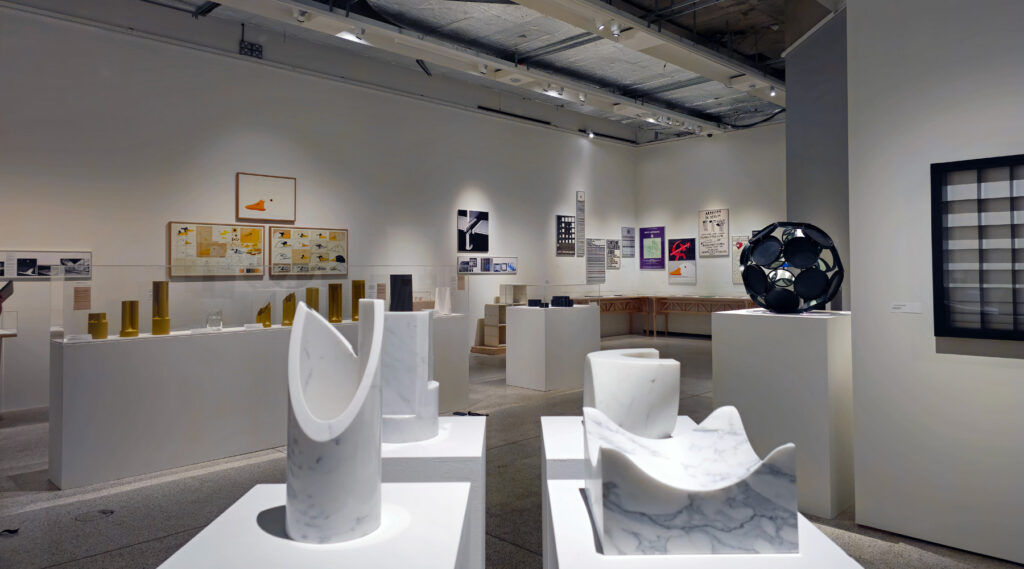
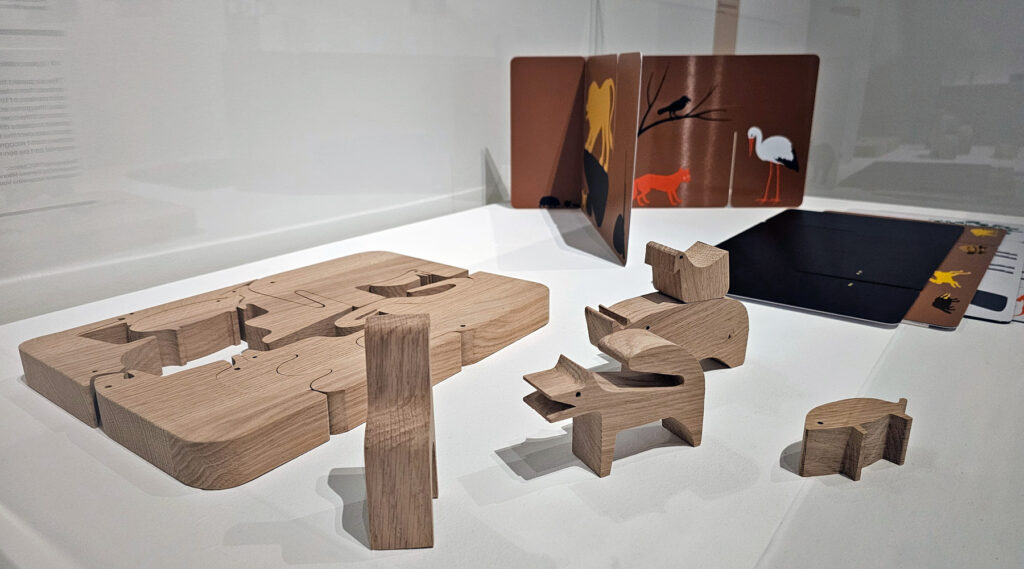
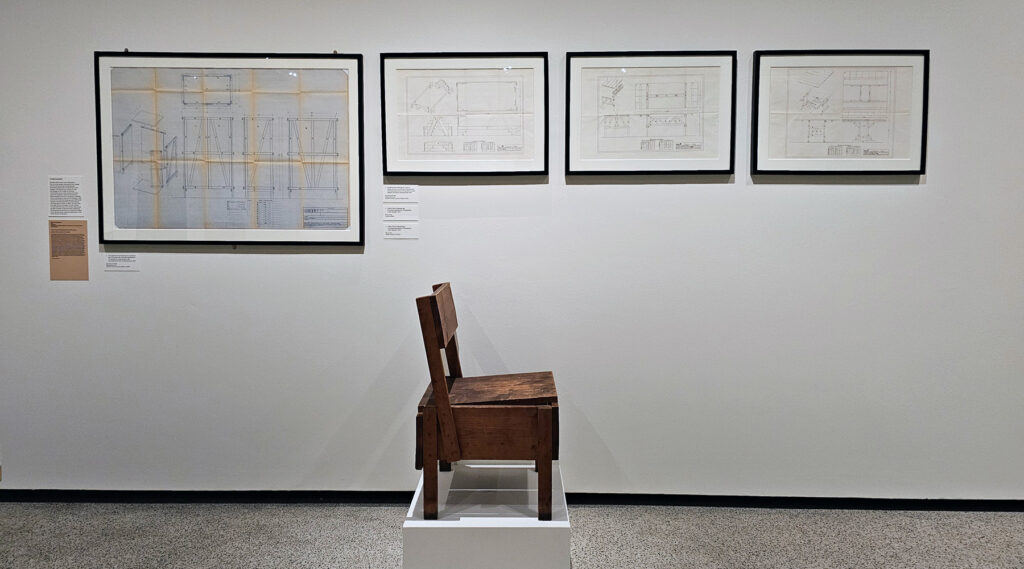
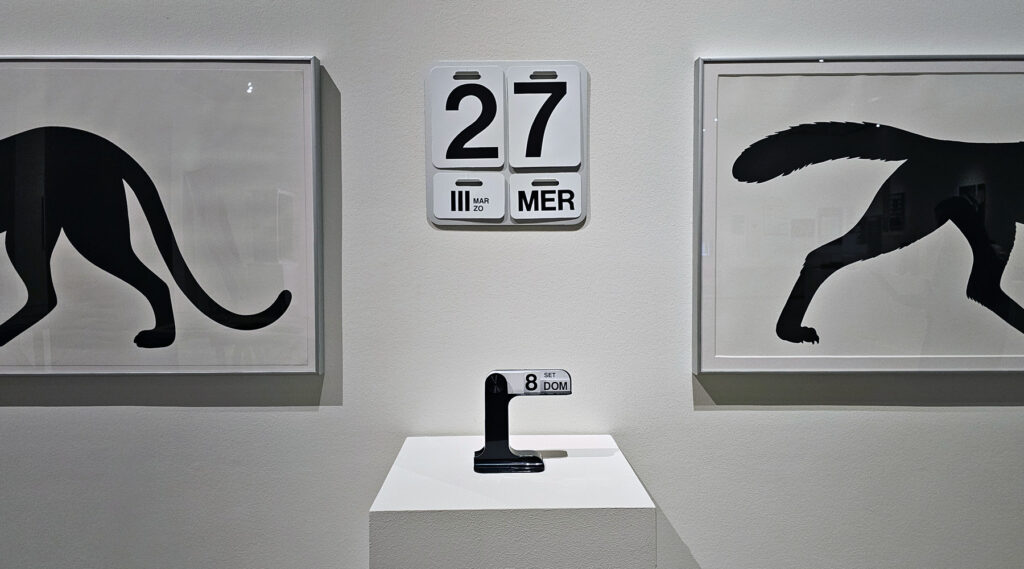
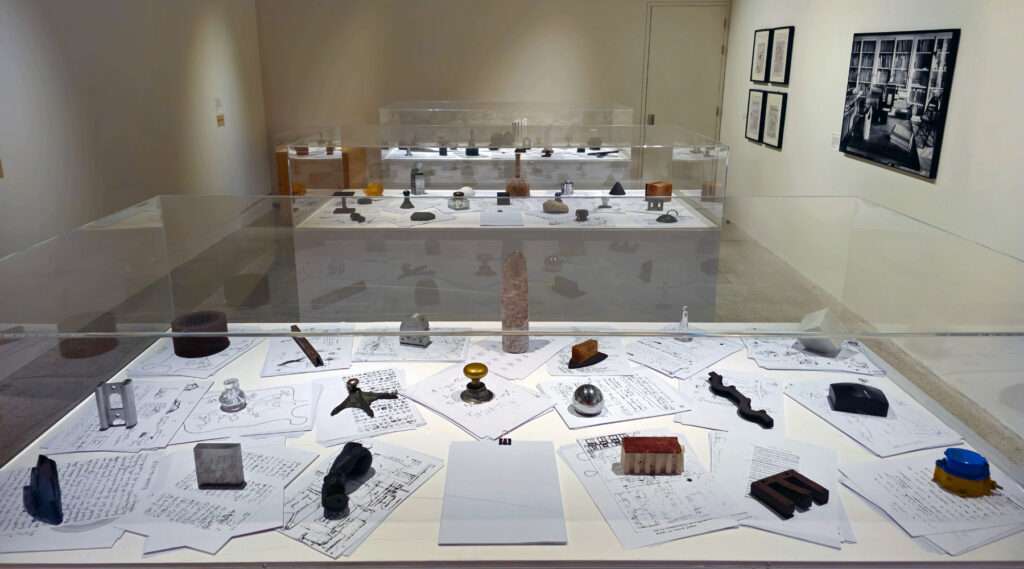






Leave a Reply